Rising Energy Efficiency Standards
The Under Floor Heating Market is experiencing a notable shift due to increasing energy efficiency standards imposed by regulatory bodies. These standards aim to reduce energy consumption and greenhouse gas emissions, prompting builders and homeowners to adopt more efficient heating solutions. Under floor heating systems, which provide uniform heat distribution and reduce energy waste, align well with these standards. As a result, the market is projected to grow, with estimates suggesting a compound annual growth rate of around 7% over the next few years. This trend indicates a strong preference for energy-efficient heating solutions, positioning under floor heating as a viable option for both new constructions and renovations.
Expansion of Construction Activities
The Under Floor Heating Market is poised for growth, driven by the expansion of construction activities across various sectors. As urbanization continues to accelerate, there is a rising need for efficient heating solutions in both residential and commercial buildings. Under floor heating systems are increasingly being integrated into new construction projects due to their energy efficiency and space-saving benefits. According to recent statistics, the construction sector is projected to grow at a rate of approximately 5% annually, which bodes well for the adoption of under floor heating technologies. This expansion presents a significant opportunity for manufacturers and suppliers within the under floor heating market.
Increased Awareness of Health Benefits
There is a growing awareness among consumers regarding the health benefits associated with under floor heating systems. The Under Floor Heating Market is capitalizing on this trend, as these systems can help reduce allergens and dust circulation, creating a healthier indoor environment. Unlike traditional heating methods, under floor heating provides a more consistent temperature, which can be beneficial for individuals with respiratory issues. As health consciousness rises, consumers are more inclined to invest in heating solutions that promote well-being. This shift in consumer behavior is likely to drive demand for under floor heating systems, further solidifying their position in the market.
Growing Demand for Comfort and Aesthetics
Consumer preferences are evolving, with an increasing emphasis on comfort and aesthetics in residential and commercial spaces. The Under Floor Heating Market is benefiting from this trend, as under floor heating systems offer a discreet and visually appealing alternative to traditional radiators. By eliminating visible heating elements, these systems enhance the overall design of interiors. Furthermore, the consistent warmth provided by under floor heating contributes to a more comfortable living environment. Market data indicates that the demand for under floor heating solutions is expected to rise, particularly in luxury and high-end residential projects, where comfort and design are paramount.
Technological Innovations in Heating Solutions
Technological advancements are playing a crucial role in shaping the Under Floor Heating Market. Innovations such as smart thermostats, energy-efficient heating cables, and advanced control systems are enhancing the functionality and efficiency of under floor heating systems. These technologies allow for better temperature regulation and energy management, appealing to environmentally conscious consumers. Market analysis suggests that the integration of smart technology into heating solutions could lead to a significant increase in market penetration. As consumers seek more control over their heating systems, the demand for technologically advanced under floor heating solutions is expected to rise, driving market growth.
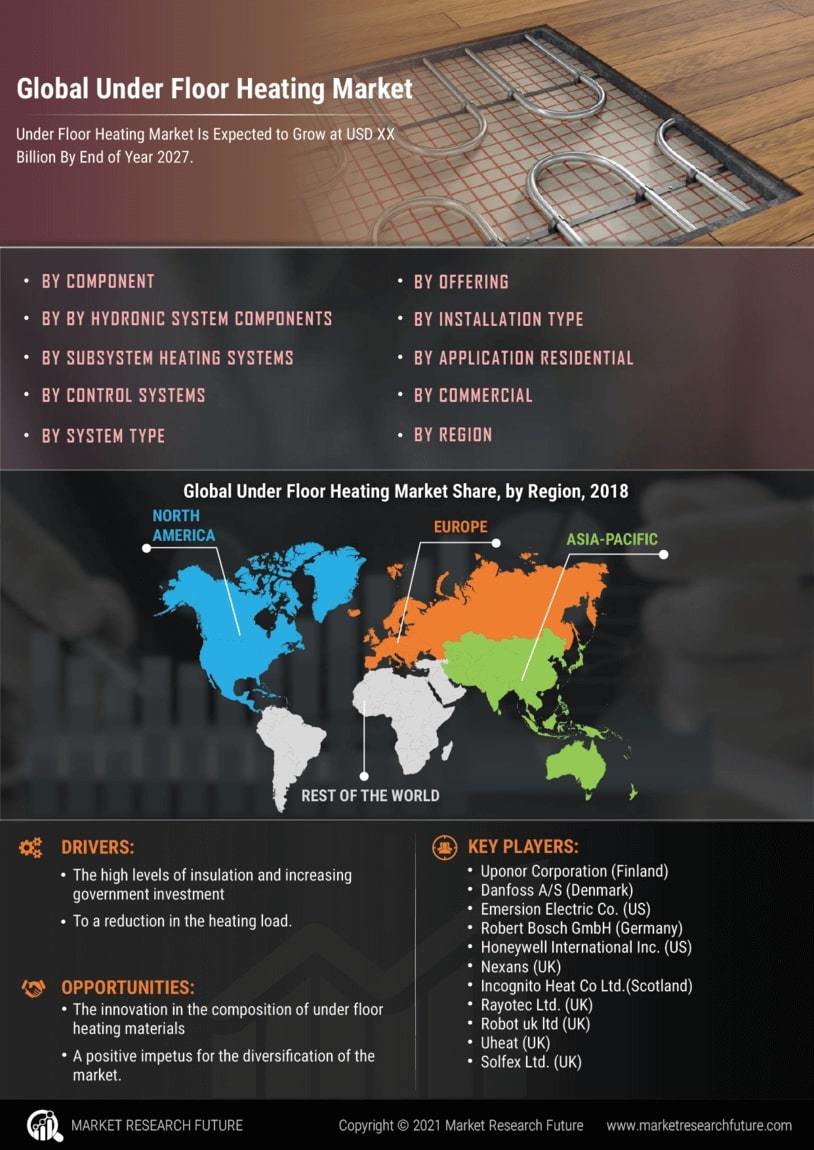

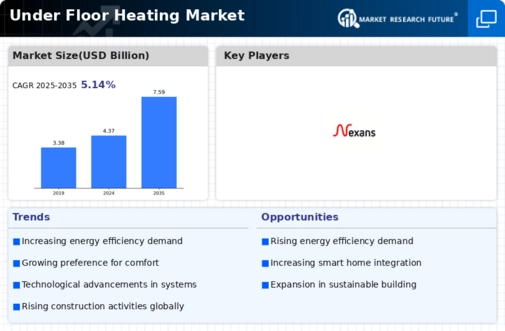
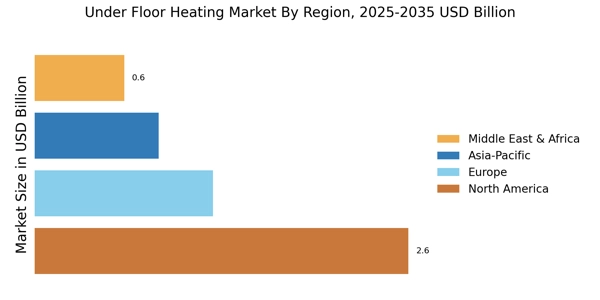
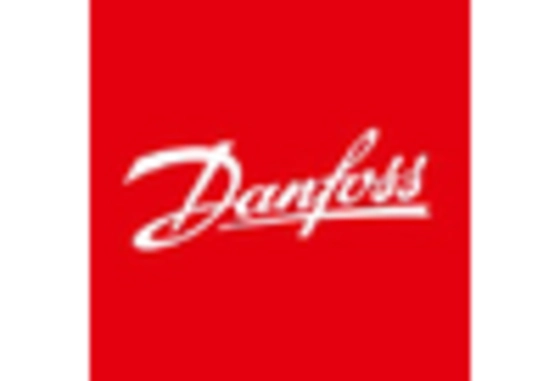

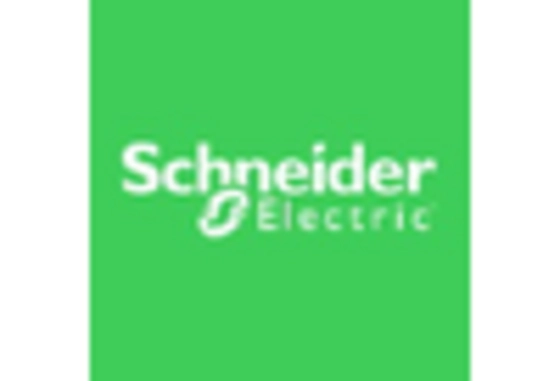
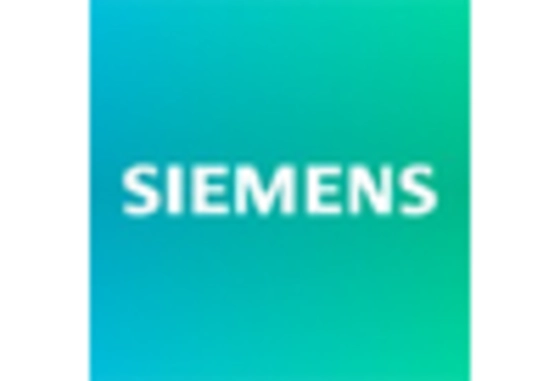










Leave a Comment